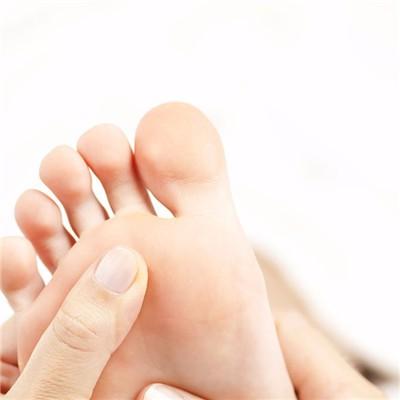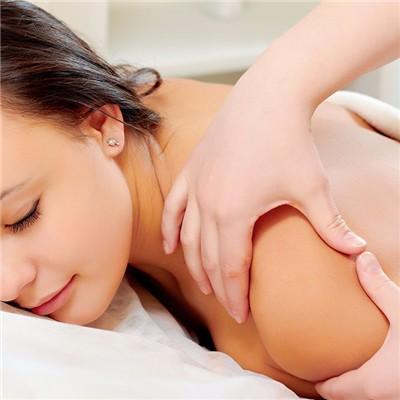How to diagnose hip synovitis
summary
My aunt's legs and feet have not been very good, because she suffered a lot when she was young, so she fell ill when she was old. When I went to the hospital last time, I said it was hip synovitis. Now let's talk about how to make a diagnosis of hip synovitis.
How to diagnose hip synovitis
First, physical examination showed hip flexion, mild abduction and external rotation. One third of the patients with hip synovitis had no obstruction in hip joint movement, but still felt mild resistance, especially in abduction and internal rotation. Pain occurs during passive hip movement. Keeping the patient in a supine position and rolling the patient's lower limbs, the examiner can feel the involuntary protective contraction of the affected muscles.

Second: in patients with knee joint symptoms, should check the knee joint, except for other diseases, imaging examination, X-ray examination, general bone without abnormal performance, sometimes can be manifested as mild pelvic tilt, hip joint cyst swelling, joint space widened, no bone destruction, MRI examination, MRI examination showed hip joint space widened and joint cavity effusion, and compared with plain film It's clearer. At the same time, it can show whether there is soft tissue occupying in the hip joint.

Third, B-mode ultrasound showed that the anterior femoral neck space of the affected hip was significantly wider than that of the healthy side, and the difference between the two sides was more than 1 mm. The anterior space of the femoral neck is the maximum distance between the periosteal surface of the femoral neck and the outer edge of the joint capsule (the boundary between the joint capsule and iliopsoas muscle). The total number of white blood cells in laboratory examination was normal or slightly increased. ESR is normal or slightly increased. If ESR is significantly increased, more than 20 mm / h, combined with the increase of body temperature more than 37.5 ℃, the increase of white blood cell count indicates infectious arthritis.

matters needing attention
Hip synovitis will bring a lot of inconvenience to the patient's daily life. If it comes to rainy days, the pain will be more serious, and it is likely that the patient will not be able to get out of bed. Therefore, it is suggested that patients with hip synovitis can consider using traditional Chinese medicine for treatment.















